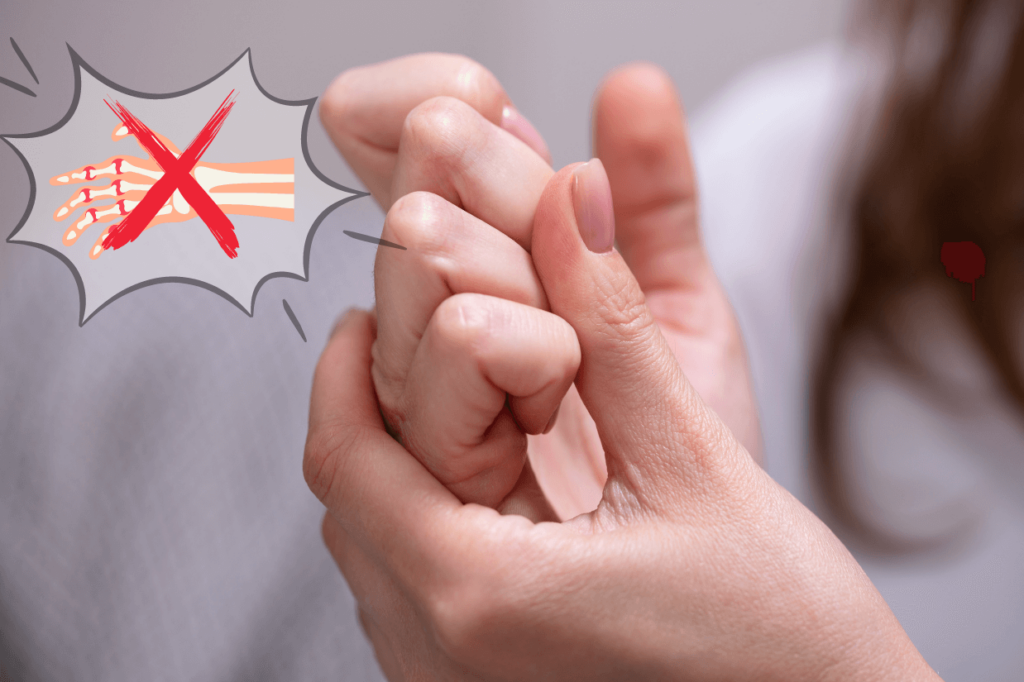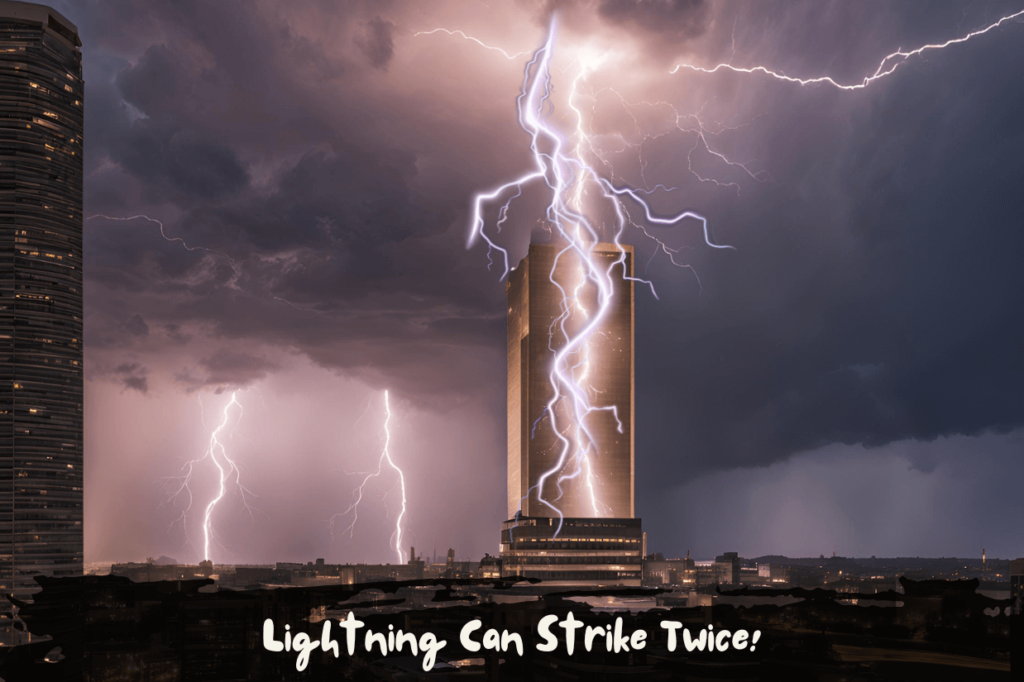Understanding the Truth: Debunking Common Myths and Misconceptions
You must have heard that cracking your knuckles causes arthritis, or that sugar is the real cause behind the hyperactivity of kids. Lots of people believe that these facts are real. But are they really true? The actual fact is many of our beliefs are based on misconceptions or outdated scientific theories. And if we go on believing these myths blindly, it can affect our health, decision-making, and even the way we see the world. So let’s dive into debunking these common myths and uncover the real science.
Myth 1: Could Cracking Your Knuckles Really Lead to Arthritis?
Common Belief: Several times I have been told off for cracking my knuckles with the warning, “You’ll get arthritis!” I’m sure you have come across this situation as well. Many people believe that this harmless habit can lead to painful, swollen joints later in life. For years, people have avoided cracking their knuckles to prevent arthritis. But can they prevent arthritis just by avoiding this habit?
The Science: The short answer: No, cracking your knuckles does not cause arthritis. When we crack our knuckles, we hear a sound. Actually, the sound is caused by gas bubbles rapidly collapsing in the synovial fluid (a fluid that lubricates the joints). Numerous scientific studies have shown that there is no increased risk of arthritis from knuckle cracking. Dr. Donald Unger conducted a unique experiment on himself, cracking the knuckles of one hand for over 50 years while leaving the other alone, and he found no significant difference in arthritis rates between the two hands.
Later, a 2011 study published in The Journal of the American Board of Family Medicine concluded that there was no significant difference in the rates of arthritis between people who regularly crack their knuckles and those who do not.

Why the Myth Persists: The association between knuckle cracking and arthritis likely persists due to misunderstanding and the discomfort some people experience when hearing the sound. It’s possible that those with joint pain or arthritis used to crack their knuckles. However, joint cracking itself cannot lead to arthritis – it’s just a noisy but harmless habit.
Myth 2: Unlocking the Brain: Are We Only Using 10%?
Common Belief: You must have heard the idea that we only use 10% of our brain. This myth has been spread mostly by movies, motivational speeches and even some educators. The idea behind it is that we have untapped potential just to be discovered that will give us superhuman abilities. Let’s check out whether it’s a misconception or if we are really using only 10% of our brain.
The Science: The idea that 90% of our brain remains unused is false. Modern neuroscience has proven that we are and have always been using nearly all parts of our brain. When we’re doing simple tasks like walking or talking, we are using our brains.
Brain scans, particularly functional magnetic resonance imaging (fMRI), reveal that nearly every part of the brain serves a purpose, with different areas lighting up based on the activity we’re performing. How about when we sleep? In fact, parts of our brain remain active maintaining basic bodily functions when we are resting or sleeping. We need to breathe, don’t we?

Why the myth persists: This myth has persisted probably because it’s an appealing idea to think that we have untapped potential to be unlocked. And we also take a lot of things seriously if they’re in a movie. Hollywood movies like Limitless and Lucy have fueled the myth as those movies display the concept of tapping into unused brain power for extraordinary results. Another thing is that the myth is simple; so, it’s easy to spread. It’s just an oversimplification of how our brain really works.
In reality, although we may not fully understand the complex function of our brain, we know enough to confirm that the idea of using only 10% of our brain is a myth.
Myth 3: Sugar Rush or No Rush: Does Sugar Make Kids Hyperactive?
Common Belief: I was attending a birthday party the other day and all the kids were hyperactive. I heard people say that it’s the sugar which makes them hyperactive. Many parents and caregivers believe that sugar is responsible for hyperactivity in kids; and to avoid chaotic behavior, they limit sweets for the kids. Is this really true or is it just another myth? Let’s dive into the science.
The Science: Despite its popularity, there is no scientific evidence to support the belief that sugar causes hyperactivity in children. Multiple studies, including a comprehensive review published in JAMA (Journal of the American Medical Association), have consistently shown no significant link between sugar consumption and hyperactive behavior. Researchers have even tested this theory by giving children sugary foods, sugar substitutes, and even placebos, and have found no noticeable difference in behavior.
This part is really interesting to me – those parents who were told their kids had eaten sugar tended to think they were more hyperactive, even when they hadn’t actually had any sugar. This makes it seem like the idea of sugar causing hyperactivity might be more about what people expect rather than any real biological effects.

Why the Myth Persists: The myth may continue due to observational bias. Parents often think sugar is to blame for hyperactivity because it’s around during exciting times like parties and holidays. But it’s more likely that the environment and social interactions are the real causes.
However, we need to remember that while sugar doesn’t make kids hyper, it’s still important to consume it in moderation. We all know that consuming a lot of sugar can lead to other health conditions like weight gain, tooth decay, and even conditions like type-2 diabetes. But when it comes to hyperactivity, sugar is innocent!
Myth 4: Lightning Strikes: Can It Really Hit the Same Place Twice?
Common Belief: You’ve probably heard the phrase – “Lightning never strikes the same place twice.” It’s often used to suggest that rare events don’t happen repeatedly in the same location. However, when it comes to actual lightning strikes, this belief is entirely incorrect!
The Science: In reality, lightning can and frequently does strike the same place multiple times. Tall structures, like skyscrapers, trees, or even open areas such as fields, are particularly vulnerable to repeated strikes. For instance, lightning strikes the Empire State Building in New York City around 20-25 times each year.
Lightning is drawn to the tallest or most conductive objects nearby. Just because it strikes a particular spot doesn’t mean that area is safe from future strikes. In fact, if the conditions are right, lightning is just as likely to hit the same place again. A well-known example is Roy Sullivan, a U.S. park ranger who holds the record for being struck by lightning seven times and surviving each strike.

Why the Myth Persists: The myth likely exists because it’s rare to witness lightning strikes firsthand, let alone see it hit the same spot twice. This belief has led people to think that lightning intentionally avoids the location it has already struck. The phrase- Lightning never strikes the same place twice– has also taken on a metaphorical meaning, suggesting that unlikely events don’t repeat, and it has become embedded in everyday language.
However, in reality, lightning follows the path of least resistance, and areas that have been struck before are actually at a higher risk for future strikes.
Separating Fact from Fiction: The Importance of Scientific Truth
As we’ve explored, many of the beliefs we hold about the world around us are rooted in myths, not facts. From the harmless act of cracking your knuckles to the widely misunderstood functions of the human brain, these misconceptions prevail because they are often passed down through generations or reinforced by pop culture. However, science helps us separate fact from fiction & debunk these common myths.
By challenging long-held beliefs and examining the evidence, we gain a clearer understanding of the world and can make better-informed decisions. The next time you hear someone claim that sugar makes kids hyper or that you’re only using a small fraction of your brain, you’ll know the truth—and hopefully correct them. Remember, myths will always exist, but with the right knowledge, we can continue to question and explore the truth. Stay curious, keep asking questions, and always seek the facts!
Looking for a new diet plan? Read our article on Intermittent Fasting: What Science Says About Its Health Benefits.






